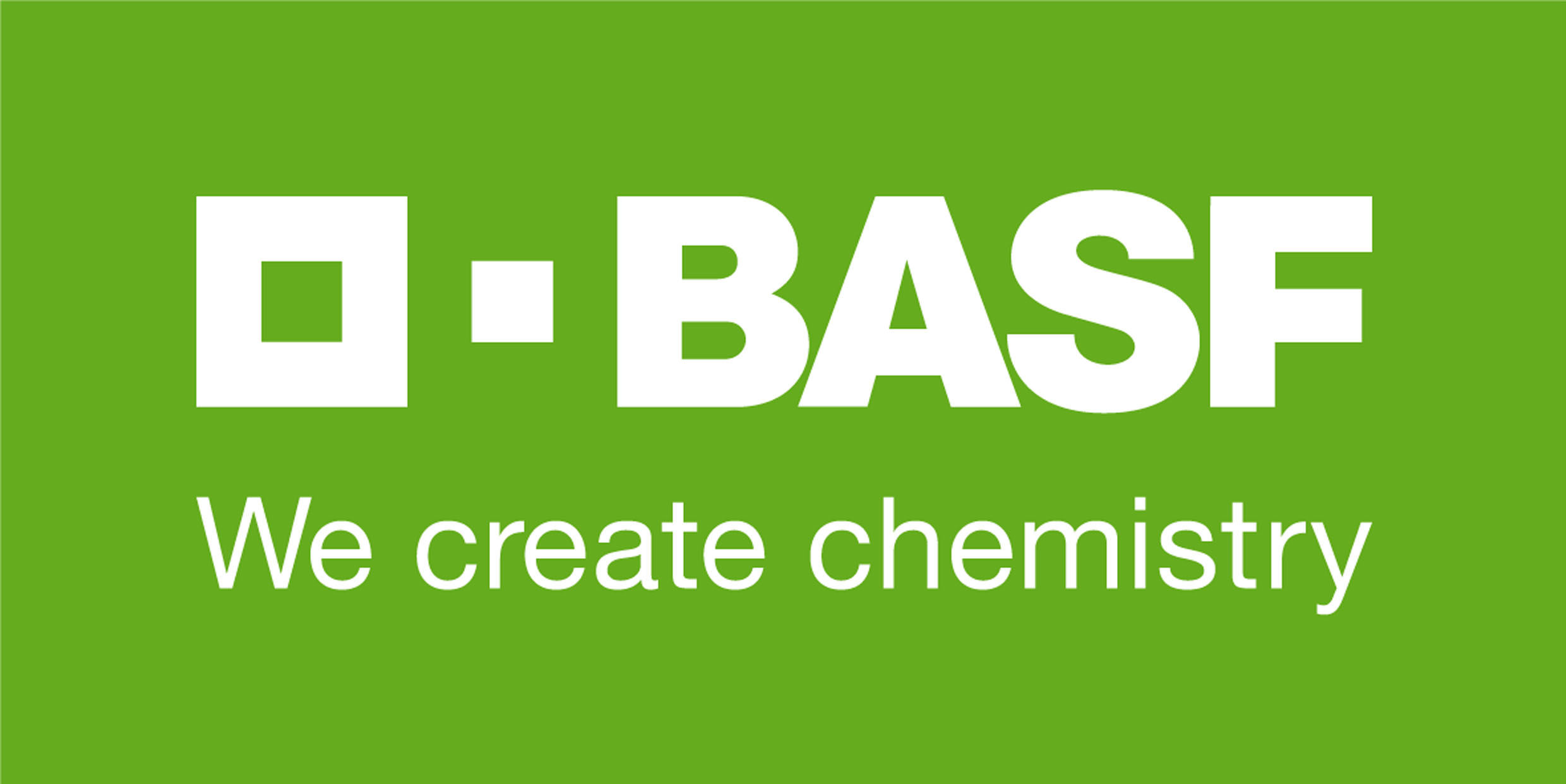New ADAS research shows how fungicide programmes can be adapted to mitigate yield loss from Septoria when variety RL score is reduced.
Previous trials revealed how crops sown 23rd September or earlier are at a significantly higher disease risk from Septoria than their Recommended List (RL) scoring suggests, a result most likely caused by crops being exposed to spores earlier in the season. The latest research shows how Revystar XE® across different doses can prevent any yield loss that may occur.
Drilling date’s impact on varietal resistance
“The varietal RL ratings have been based on a drilling date of 7th October,” explains Jon. “Over five years and in 25 trials, ADAS, NIAB and SRUC proved that bringing drilling date forward by two weeks, consistently dropped the RL rating by 0.6. Likewise sowing crops two weeks later, increased the RL rating by 0.6.”
“Practically this means that if you drill a crop of LG Skyscraper with its resistance score of 4.9 two weeks early, you need to manage the Septoria risk as you would a crop of KWS Barrel with its score of 4.3. Drill two weeks later than the standard date, and the level of risk from Septoria is akin to a crop of Gleam.”
The principal applies to all varieties on the recommended list and is an important point to consider in a season when an early harvest gave many growers an opportunity to get winter wheat crops established ahead of their usual drilling date.
Mitigating effects by adapting fungicide rates
“In 2021, we started to explore the impact of drilling date and variety with dose rates of Revystar XE. ADAS statisticians overlaid a line of ‘best fit’ and showed the most optimum economic dose rates were higher where cultivar resistance to Septoria was reduced. This could come from a less resistant variety, or could come from a more resistant variety drilled earlier,” says Jon. “Even the most resistant varieties, when drilled early, have an optimum economic dose at T2 of 1.1 l/ha Revystar XE.”
In conclusion, dose can be used as a tool to mitigate the impact of Septoria associated with drilling early. “By upping the rate applied to those crops sown on or before 23rd September you can ‘buy back’ the yield,” says Jon. “It more than covers the cost of the additional fungicide.”
Due to the inherent variation in the field Jon advises growers to choose a product with proven protective and curative action. “While we don’t want to rely on curative activity, it’s an important feature when dealing with the natural variability found on-farm.”
Grower update
Variability summaries the situation of Essex grower, Steve Crayston. With five varieties in the ground and Septoria resistant ratings from 7.8 for KWS Extase to 4.9 for a crop of Elicit, as well as drilling dates which start at the end of September running through to the end of October, he’s facing a wide range of risk levels.
“The autumn sown crops went in to really nice conditions, even those later drilled crops,” he summises.
Drilling date isn’t necessarily reflected by current growth stage with some of Steve’s earliest drilled wheat, being the most backward.
“They tend to be a second cereal following sugar beet and spring barley,“ he explains. “The very first field we drilled followed OSR. We’d applied digestate and drilled in the last week of September. Admittedly it was rather dry so it’s not a stunning crop but still, it’s all there.”
While Steve’s thoughts are currently on nitrogen applications and spring drilling, he’s a good idea of his fungicide programme which includes Revystar XE® at T2.
“If it stays cool it’ll be another six weeks before we’re looking at applications. However, if conditions warm up and everything gets moving, that will come forward.”

